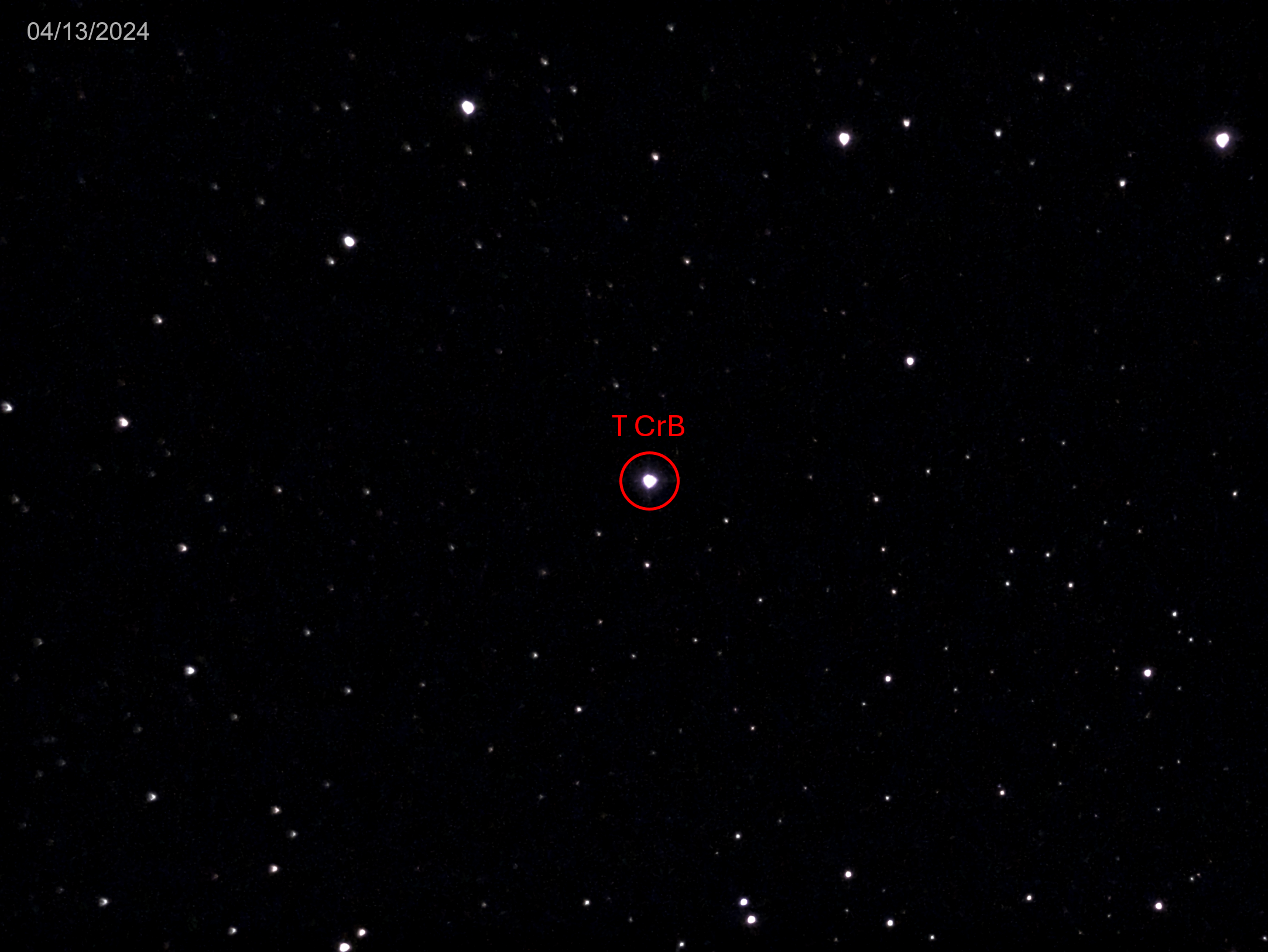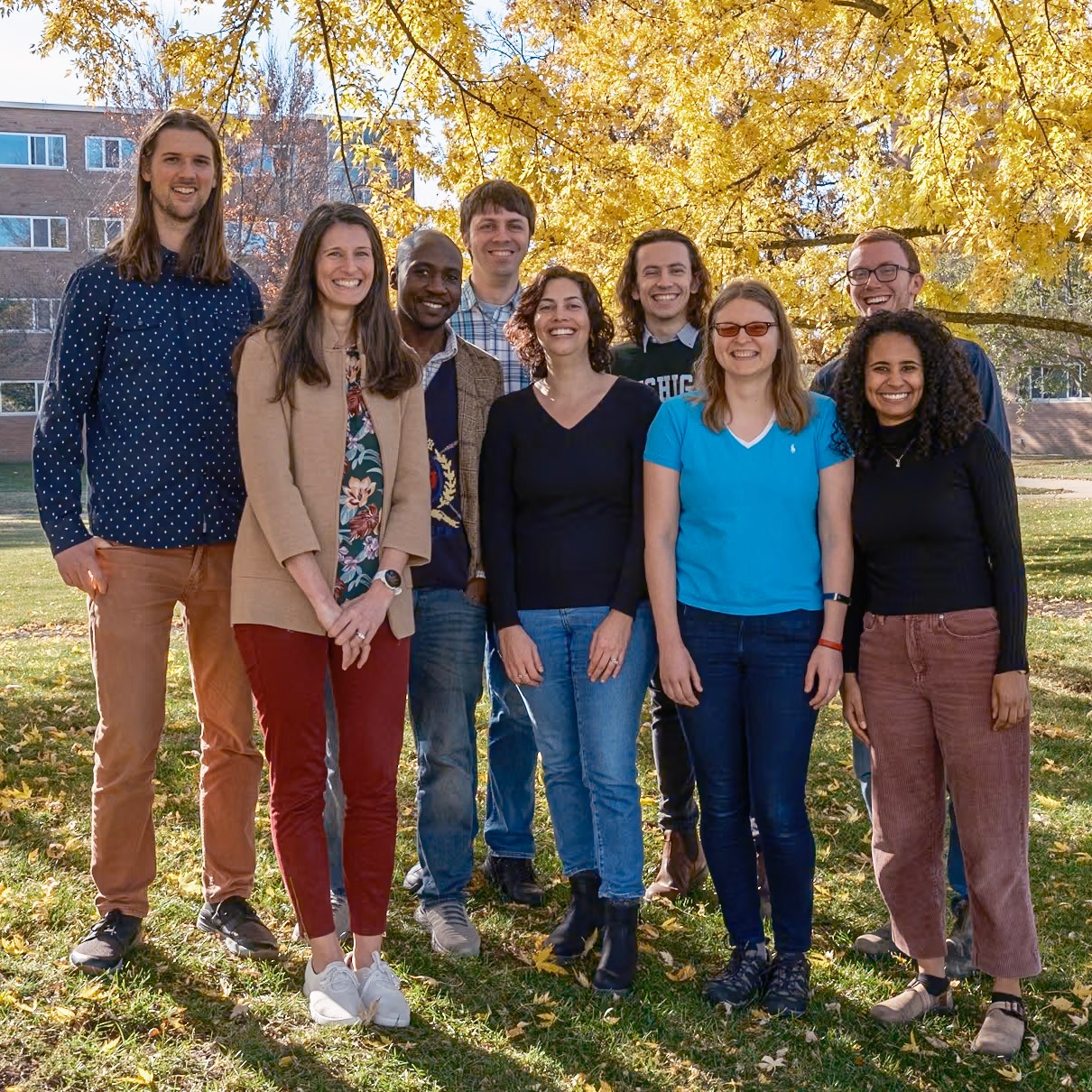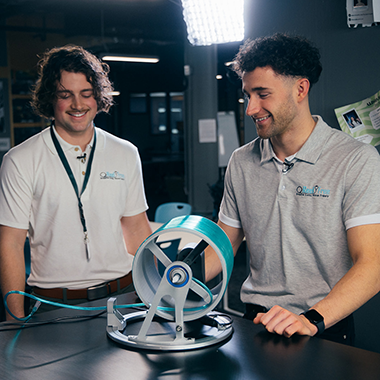Ask the expert: The nova in our 'galactic backyard'
Article Highlights
- Elias Aydi researches novae — the plural of stellar explosions known as nova — at Michigan State University. Within the next year or so, people all over the Northern Hemisphere will have a chance to see the brightest nova in the night sky since 1942.
- Aydi explains what a nova is, how it differs from a supernova and why this event is special, even for the casual stargazer.
- The nova also presents a unique opportunity for Aydi and the astrophysics community to learn more about how the cosmos work.
It's been an exciting year for Elias Aydi and the stars.
Aydi is a doctor of astrophysics and astronomy, as well as a hobbyist astrophotographer who got to record the breathtaking spectacle of a total solar eclipse on April 8.
He's also a NASA Hubble Fellow working with Professor Laura Chomiuk at Michigan State University to study novae, stars that explode in brightness before dimming again — some with predictable regularity.

Sometime within the next year or so, he and everyone else in the Northern Hemisphere will have a chance to see the brightest nova witnessed from Earth since 1942.
This event will provide Aydi and his colleagues with an unprecedented opportunity to unravel recently discovered mysteries about these star systems that ancient astronomers called "new stars" and "guest stars."
We don't exactly know when the nova will achieve peek brilliance, making it less predictable than the eclipse. But, like the eclipse, the nova is bringing the public together in appreciation for the beauty and wonder at work in our shared sky before it even happens.
The College of Natural Science took this opportunity to catch up with Aydi before the nova brightens to get a better sense of what's in store.
The following has been edited for length and clarity.
College of Natural Science: Let's start with the recent total solar eclipse. You took some amazing photos of the
event. Where did you go and what was the experience like for you?
Elias Aydi: I was monitoring the weather closely to make my decision. I ended up going to Magee
Marsh Wildlife area in Ohio, where the weather was reasonable, and the totality lasted
over 3 minutes.

We all heard about how different the experience of a total eclipse versus a partial one is, and this could not be more true. The total eclipse was a magical experience on so many levels: the change from light to darkness in a few seconds, the stars and planets appearing in the sky, the immediate change in temperature (we had to put jackets on), the sunset colors in every direction of the horizon.
I haven't experienced a total solar eclipse as an adult before, so it was truly worth it.
What got you interested in astronomy?
I wanted to be a physicist since I was in high school and astrophysics, in particular, appealed a lot to me — the urge to understand the world we live in and the origin of the cosmos.
I was always fascinated with stories of celestial bodies, from black holes to star explosions to comets. I decided this is what I want to do for a living: learn about the universe.
I consider myself privileged because my work is my passion and I ultimately managed to pursue my dreams and become someone who contributes to our understanding of celestial phenomena.
Were you taking photos of celestial events before you started studying astrophysics?
Photography has been a hobby for me since I started grad school. Astrophotography is not the most affordable type of photography, but I was lucky to study and work at observatories which gave me a chance to use professional equipment to practice this hobby.
Nowadays, astrophotography is becoming more affordable to the general public, which also gives me the chance to enjoy one of my favorite hobbies without breaking the bank.
Within a year of seeing our star blocked completely by our moon, you'll also get to see a more distant star system become a nova. What does that mean?
A nova is a thermonuclear explosion that takes place on the surface of a dead star —aka, a white dwarf, which is the remnant core of a sun-like star — which has a nearby "living" companion star.
The dead star cannibalizes its living companion, absorbing gas and material which builds up on the surface of the white dwarf. The pressure increases as the dead star accumulates more material and a thermonuclear explosion takes place at some point.
These phenomena are common, and we discover around 15 novae exploding every year in our Milky Way.

What’s the difference between a nova and a supernova?
The system survives in a nova explosion — unlike its more powerful cousin, the supernova. At the end of a nova event, the white dwarf goes back to its old, bad habits of absorbing gas from its companion, building up for the next explosion. This process typically takes thousands of years to repeat, but, in some cases, it might happen on a shorter timescale: decades or even years.
We have observed such systems that have exploded multiple times in our historical records and we call them recurrent novae. The recurrence is almost periodic, so we can predict when a recurrent nova might take off again, within a few years uncertainty. This offers us the chance to be prepared — organizing resources and facilities to get the best quality data possible!
One such recurrent nova in our galaxy is called T Coronae Borealis and it is predicted to explode this year or next.
What are you most excited to learn from this upcoming nova?
The exciting thing about it is that it is very close to us on an astronomical scale. That is, nova T Coronae Borealis is at a distance of just 2,800 light years away. Although 2,800 light years sounds large, it is considered relatively close.
Because of its proximity, it will be very bright at the peak of its eruption — as bright as Polaris, the North Star — becoming a new star in our sky visible to the naked eye.

The nova system T Coronae borealis, as photographed in April by the MSU Observatory. Credit: Elias Aydi/MSU Observatory
This will give us a chance to study this nova with all sorts of facilities at our disposal and in greater detail compared to more distant novae. In particular, we expect to detect this nova in all wavelengths of the electromagnetic spectrum, including radio waves, infrared light, visible light, ultraviolet light, X-rays, all the way to high-energy gamma rays.
And this is very timely. It was only recently discovered that nova explosions emit high-energy gamma rays. The discovery highlighted how poorly we understand these phenomena and underscored the role of novae as laboratories to understand other cosmic explosions.
The proximity of T Coronae Borealis not only means that we might detect it as a multiwavelength source of light, but it could also be the source of other messengers, or observables, like neutrinos.
Neutrinos, sometimes called “ghost particles,” are neutrally charged particles with very little mass. Facilities like IceCube, which MSU is part of, could play an integral role in such a discovery.
If novae end up being so-called “multimessenger sources,” they will become invaluable laboratories in our galactic backyard to understand a variety of physical phenomena.
With the nova being so bright, does that create unique scientific opportunities for folks who aren’t professional astronomers?
Our students at the MSU Observatory are already monitoring the system, anticipating its explosion and making use of our 24-inch telescope to observe it and collect data. But, given that at the peak of the explosion T Coronae Borealis will become visible to the naked eye, even modest equipment will be sufficient to observe the nova and record its brightness change.
So community science — observations from amateur stargazers — from across the Northern Hemisphere will provide professional astronomers with extremely useful data. Even people reading this article can contribute, especially with currently available and affordable "smart" telescopes, which allow almost anyone to do both astrophotography and professional data collection for celestial bodies.
Will there be an opportunity for folks in the Spartan community to visit the observatory and see the nova through its telescopes?
Although folks can enjoy seeing the nova with their naked eyes as a new guest star in our sky, we are excited to give the public a chance to see the nova through our telescopes at the MSU Observatory. I strongly encourage everyone to join these events and interact with the local astronomers at MSU.
We've already seen the nova getting media coverage and some parts of the U.S. declared states of emergency to prepare for huge crowds traveling to see a total eclipse. Why do you think these types of celestial events are so captivating?
Since the days of hunter-gatherers, humans have gazed at the skies, wondering about the origin of the stars and the world we live in.
That has always been the greatest mystery that puzzled humans and the passion for exploration is an integral part of our DNA. So it’s no wonder we see celestial events captivating humans, because we are driven by the urge to better understand our place in this cosmic arena.
And, by learning about the stars, we are learning about our origins — they are literally our true ancestors.



